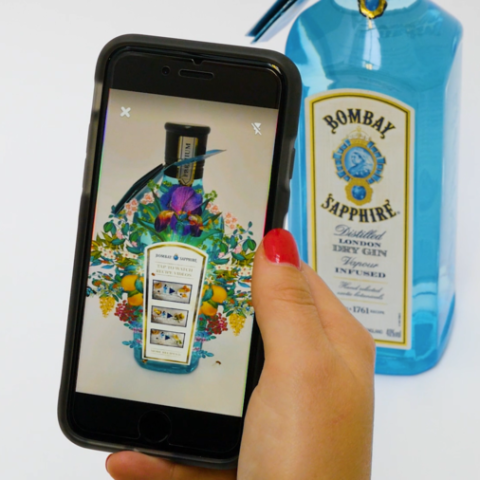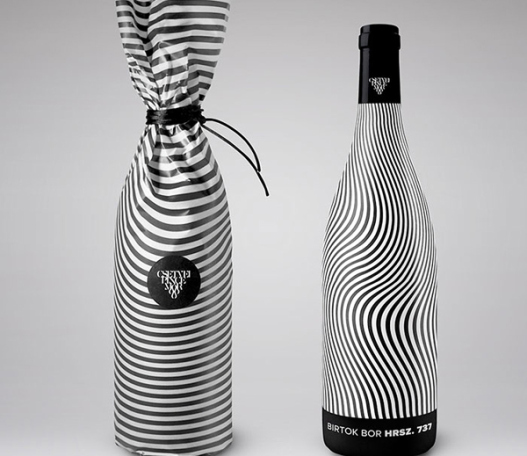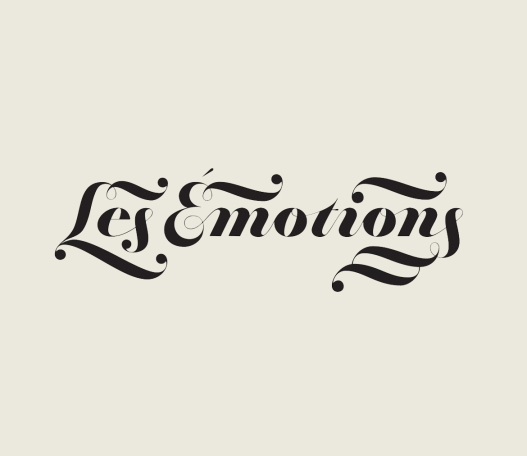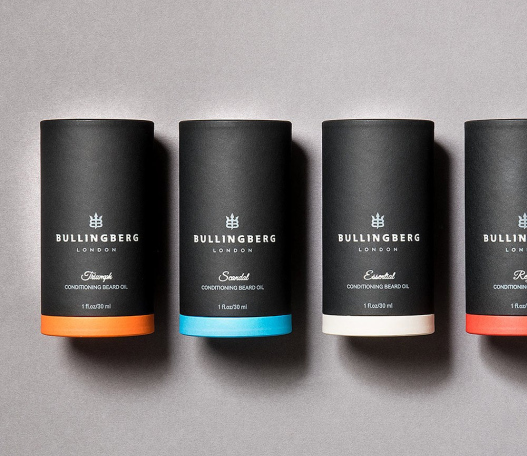Digital Packaging

Digital natives - that is the generation that has grown up in the internet age - have different expectations of the relationships they have with brands than their parents.
While it used to be that the main interaction a person had with a brand was simply buying its products, social media has radically changed this, with brands now keen to engage with customers pre- and post-purchase.
In line with this shift in the online world, brands can bring this desire for connectivity into their packaging design too. Smart packaging that offers a layer of connectivity, usually in tandem with a smartphone, is probably most familiar to us in the form of QR codes. The potential of QR codes has not been fully realised in Europe, but if we look to the Asia Pacific region, which is generally seen as the leading region for smart packaging, it’s a very different story. There has been an 83% increase in the use of on-pack QR codes in Asia Pacific between 2014 and 2018, meaning that around 9% of packaged goods launches feature such a code.
So, what benefits does building connectivity bring to packaging design? And how can businesses harness the potential of these technologies and adapt them to tell their own brand stories? We explore how brands are adapting packaging design to appeal to consumers who live life through their smartphones.
Enhancing Interaction
For younger generations there is no such thing as being ‘online’ or ‘offline’, with internet connectivity at your fingertips making these realities blur into one. If we translate this concept into packaging design, the most obvious technology that springs to mind is augmented reality (AR), which enables digital imagery to be overlaid onto physical objects and further enhances the level of interaction a consumer has with a product.
Russian confectionery manufacturer Konti recently added an AR experience to packaging for its child-friendly brand Timi. Children can use an AR application on a tablet or smartphone to scan the packaging and access specially made cartoons and games featuring the product’s namesake character, a teddy bear called Timi, as well as various other characters. It’s an approach that translates particularly well to spin-off products from already popular books or TV shows, with it offering the option to add a digital layer to physical toys too.
This kind of AR doesn’t just appeal to children though. Wine labels have long been a key selling point when shopping in-store, so it’s no surprise that designers are now using AR to make them stand out even more. Rabble Wine Company has launched an app that allows the customer to hold their smartphone over the label and see the detailed illustrations on its bottles come to life. The first wine from the brand to feature such a label tells the story of a peaceful township in Florence in the 1400s being destroyed by an apocalyptic comet.
The limitations in this example is that having to download a separate app to access the animation could be a barrier to use. However, the brand may be able to find a way to encourage uptake by offering bonuses to its customers for doing so, such as exclusive content or discounts. More in-depth AR experiences could also increase engagement, such as a story that unfolds as a serialisation if you buy the products in the right order.
Adding Information
Alongside adding playful interactivity to products, connected packaging demonstrates even more value when used to bring further information to the customer. With trust low and scepticism high, transparency has been a key marketing buzzword in recent years. Connected packaging can offer a huge benefit here, enabling businesses and manufacturers to more easily tell the stories behind their products.
Cambio Coffee has worked with ScanTrust, a smart packaging company, to bring its supply chain directly to customers. The business uses blockchain technology to record each step of its manufacturing process. At different stages of the process data is inputted into the blockchain, such as the dates the coffee was harvested and roasted, or reached the delivery company.
Customers of Cambio Coffee can then scan the unique QR code on the packet and see this whole journey on their smartphone screen. The use of blockchain means that the data cannot be tampered with, giving the customer peace of mind. It’s an approach that works particularly well for a product like coffee. The technology highlights the multi-step manufacturing process, justifying the cost of the product while also bringing the end user more closely to the origins of the product. In fact, the brand hopes to take this use of blockchain even further in the future, potentially even allowing customers to tip the farmers who grow the coffee.
While not all customers are going to be interested in the intricacies of a product’s supply chain. This same principle can also be applied to other forms of information, such as directing a customer to tutorials on how to use a product.
Cosmetic company Yuni has integrated near field communication (NFC) technology into the packaging of a few of its signature products. NFC technology works differently than QR codes, with the customer simply tapping their phone on the packaging to be linked to the content. In the case of Yuni, customers can use the NFC in-built in the packaging to access the brand’s story and custom how-to videos. Requiring less effort than downloading a specific app, this technology offers the advantage of being more likely to be used before purchase, with shoppers able to quickly tap a product they are considering buying to find out more.
What does this mean for my brand?
While smart packaging has been around for some years now, it’s potential has not yet been harnessed in the mainstream. However, that may soon be set to change, with the global smart packaging market set to reach $52 billion by 2025. Here at Flipflop Design we’re keeping our eye on this changing market so you don’t have to. Our industry expertise ensures that we can translate these concepts into commercial ideas that will appeal to the businesses of today and the customers of tomorrow.
So whether you’re looking to connect with your customers through digital means, or want to know how to perfect your packaging design to have better shelf appeal -
GET IN TOUCH


